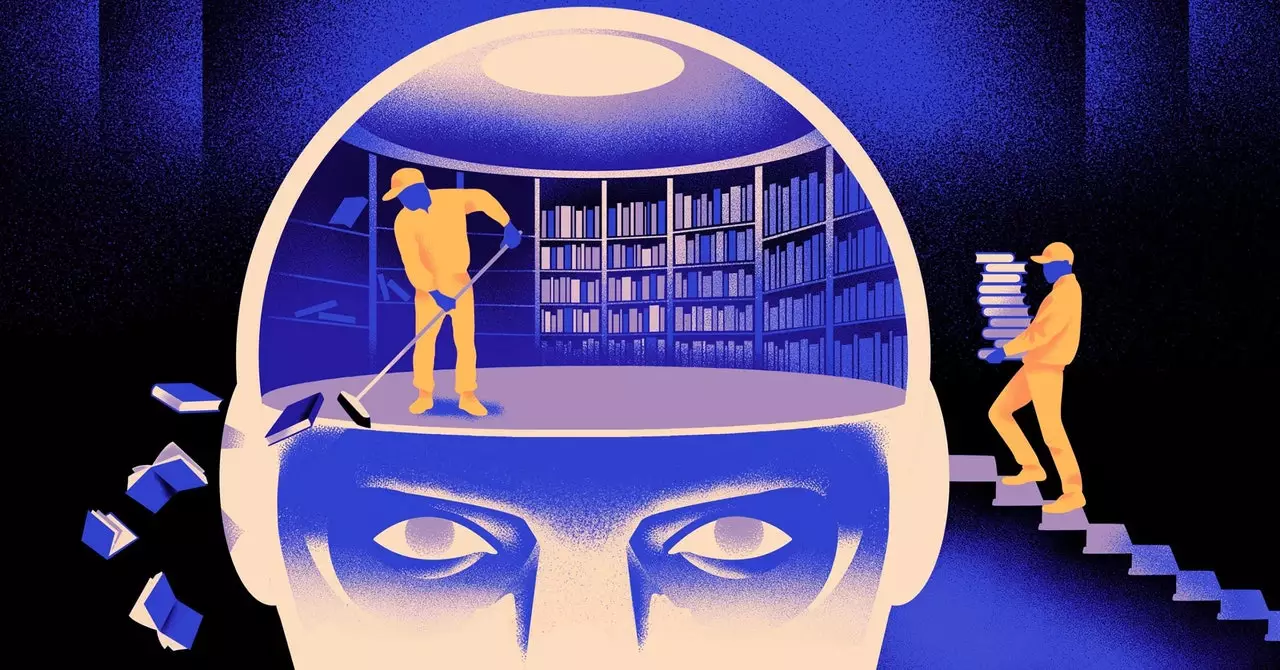In the world of artificial intelligence, computer scientists have always sought to create more efficient and flexible machine learning models. Traditionally, these models have been powered by artificial neural networks, where each “neuron” in the network processes information and sends signals through multiple layers of neurons. The flow of information in these networks is initially random, but through training, the connections between neurons improve as the model adapts to the data it is given.
However, traditional machine learning models face limitations when it comes to adaptability and efficiency. For example, training a model to be bilingual requires a large amount of computing power and data. If the model does not perform well or if the user’s needs change, it is difficult to adapt the model without starting from scratch. This can be a time-consuming and inefficient process, particularly when dealing with multiple languages or complex data sets.
The Breakthrough in Machine Learning Research
Recently, a team of computer scientists has made a significant breakthrough in the field of machine learning. They have developed a new approach that involves periodically “forgetting” what the model knows. This new approach allows the model to learn and process new languages without the need to start over from scratch. By erasing the information about the building blocks of words in one language and retraining the model on a second language, the researchers were able to show that the model could still effectively learn and process the new language.
The key to the success of this new approach lies in the embedding layer of the neural network. By erasing and replacing the tokens in the embedding layer, the researchers were able to show that the deeper levels of the network stored more abstract information about the concepts behind human languages. This allowed the model to learn the new language more effectively, without needing to retrain the entire network from scratch. This innovative approach represents a significant advancement in the field of machine learning.
While this new approach may not replace the large models currently in use, it has the potential to reveal more about how these models understand language and process information. By creating more flexible and adaptable machine learning models, researchers can better meet the needs of users and create more efficient and effective AI systems. This research opens up new possibilities for the future of machine learning and artificial intelligence, and has the potential to revolutionize the way we approach language processing and understanding.


Leave a Reply